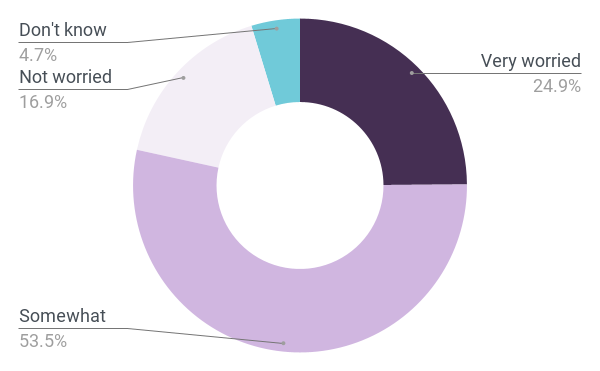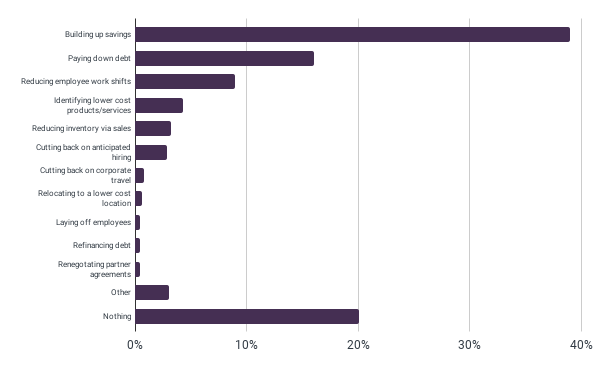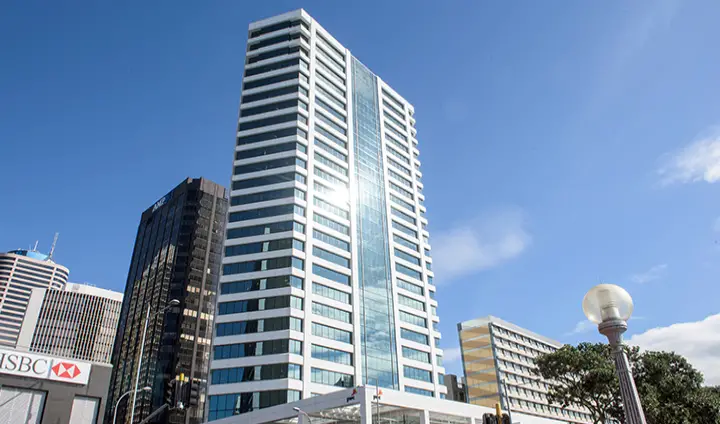How did Main Street fare in July?

Table of Contents
Main Avenue continues to be resilient inspite of the more and more extended checklist of difficulties and countercurrents it will have to contend with. SMB house owners and employees have an progressively long record of challenges to contend with: Purchaser price ranges elevated at the greatest amount in 40 yrs in June. On the work and choosing fronts, some of the greatest and most outstanding global corporations announced layoffs, employing freezes, or employing slowdowns. Client self-confidence and sentiment are reduce.
Specialists also now estimate a higher probability of a economic downturn in the future year provided the effects of inflation on corporate earnings and Fed coverage imperatives. Wall Road analysts proceed to cut down earnings and benchmark index estimates. Bellwether organizations such as Walmart have reduced their earnings estimates citing slowing buyer retail income. Jobless claims carry on to rise and are now at the greatest weekly level considering that November 2021. Beneficial information features slipping commodity prices, such as for oil lower mortgage loan and interest premiums and a still sturdy choosing industry.
Our possess key Principal Avenue Overall health Metrics for July discovered some softening in hours labored (a reduction of around 12%) and workforce working relative to June. However, these metrics stay increased relative to January of 2022 and look at favorably to the pre-pandemic time period.
Major Avenue Health and fitness Metrics
(Rolling 7-working day average relative to Jan. 2022)

Nominal ordinary hourly wages are up almost 10% considering that the commencing of 2021. Normal (nominal) hourly wages in mid-June remained somewhere around 10% previously mentioned estimates from January of 2021. Evidence from mid-July indicates that wage inflation elevated reasonably relative to June and has not kept up with inflation.
% modify in nominal common hourly wages and CPI Acquiring Electric power of the Purchaser Greenback relative to January 2021 baseline1

1. Nominal regular hourly wage variations and the (month to month) CPI for all City Individuals: Getting Energy of the Client Dollar in U.S. Town Ordinary (non-seasonally adjusted) calculated relative to a January 2021 baseline. Sources: Homebase info, U.S. BLS.
Most workers are involved about a economic downturn there is some variation based on political orientation. Based on a pulse study of roughly 700 workforce done in mid-July, we located that staff members are both extremely (32%) or relatively (47%) anxious about a economic downturn. There is, having said that, some variation (from an total superior baseline) primarily based on political orientation. Nearly 90% of those people who detect as both exceptionally liberal or liberal are both extremely or rather involved about a recession. For moderates, the figure is 82.5% and for conservatives it is 81.4%. Those people who most popular not to identify their political orientation were comparatively considerably less involved about a recession at a still high 76%. A person attainable rationalization is the perceived affect the overall economy may have on the November elections.

Survey problem: Are you anxious about a recession?
Resource: Homebase Worker Pulse Survey. LR-Chi Sq. = 24.5, p < 0.004
Maybe my current job is not so bad? Macro-economic and social forces have changed how employees regard their current jobs and alternative job options. 49% of employees surveyed in July indicated they do not intend to search for a new job in the next one to two years. This compares with 41% in January of 2022 and 39% in November 2021.

Survey question: Do you intend to look for a new job in the next 12-24 months?
Source: Homebase Employee Pulse Surveys. Ns = November (2324), January (548), June (1767), July (710).
The cost of gas is the item most impacted by inflation. Food costs and rent or mortgage round out the top three categories. Consistent with CPI data, the cost of gas was cited most frequently (50%) as the category most impacted by inflation. The cost of food cooked in one’s home was ranked first by approximately 20% of employees, followed by rent or mortgage costs (approximately 13%). As one employee put it:
“I can’t afford anything. Anything. Prices are so high and I was barely scraping by as it was.”

Survey question: Which of your monthly costs have been most impacted by inflation?
Source: Homebase Employee Pulse Survey.
Most employees are concerned about a recession they are also taking steps to prepare for one. To prepare for a possible recession, employees are building up savings (54%) and paying down debt (17%). Interestingly, however, only 5% are cutting down on entertainment (e.g., going to movies, amusement parks), eating out at restaurants (3%), or travel (<1%). These findings are consistent with recent reports indicating continued consumer strength in these categories. Finally, less than one percent of employees indicate that they are looking to switch to lower priced products/services to prepare for a recession.

Survey question: Which steps, if any, are you taking to prepare for a recession?
Source: Homebase Employee Pulse Survey.
Much like their hourly employees, most owners are concerned about a recession. A July pulse survey of approximately five hundred owners reveals the ubiquity of recession fears.

Survey question: Are you worried about a recession?
Source: Homebase Employee Pulse Survey.
Given the ubiquity of recession fears, most owners do not plan on opening new locations. Results from July 2022 resemble results from January 2022 when Omicron impacted business (planning). From June to July 2022, the percentage of owners who intend to open a new location in the next one to two years decreased by approximately 3 percentage points with a corresponding increase in the percentage of owners who indicated they do not intend on opening a new location in the corresponding period.

Survey question: Do you intend to open a new location of your business in the next one to two years?
Source: Homebase Employee Pulse Survey.
Owners’ hiring intentions for the next one to two years are changing. However, the vast majority of owners intend to hire and the overall average implies a headcount increase of 30%. Most small business owners intend to hire additional employees in the next one to two years. However, since January of 2022, a pattern is emerging where an increasing percentage of owners are either planning on making no additional hires or are planning on significantly increasing headcount. The percentage of owners who now intend to make no additional hires increased more than 37% since June and nearly tripled relative to January. On the other hand, approximately 21% of owners plan on hiring eleven or more employees.

Survey question: How many additional workers do you intend on hiring in the next one to two years?
Source: Homebase Employee Pulse Survey.
Twenty-seven percent of owners ranked the price of raw ingredients or intermediate goods as the cost that has been most impacted by inflation. The cost of gas was a close second (25%), followed by employee salary costs (18%). The cost of electricity (11%) and construction materials (6%) round out the top five. As one owner put it:
“Increase in prices for raw ingredients, supply chain issues and shortages of many items, combined with the now due payments will have a large negative impact on my business.”

Survey question: Which of your monthly costs have been most impacted by inflation?
Source: Homebase Employee Pulse Survey.
Most owners are concerned about a recession they are also taking steps to prepare for one. To prepare for a possible recession, owners are taking similar steps as their employees: First, they are building up savings (39%). Second, they are paying down debt (16%). Third, they are reducing employee work shifts (9%). Less than 0.5% of owners are preemptively laying off employees to prepare for a possible recession.




